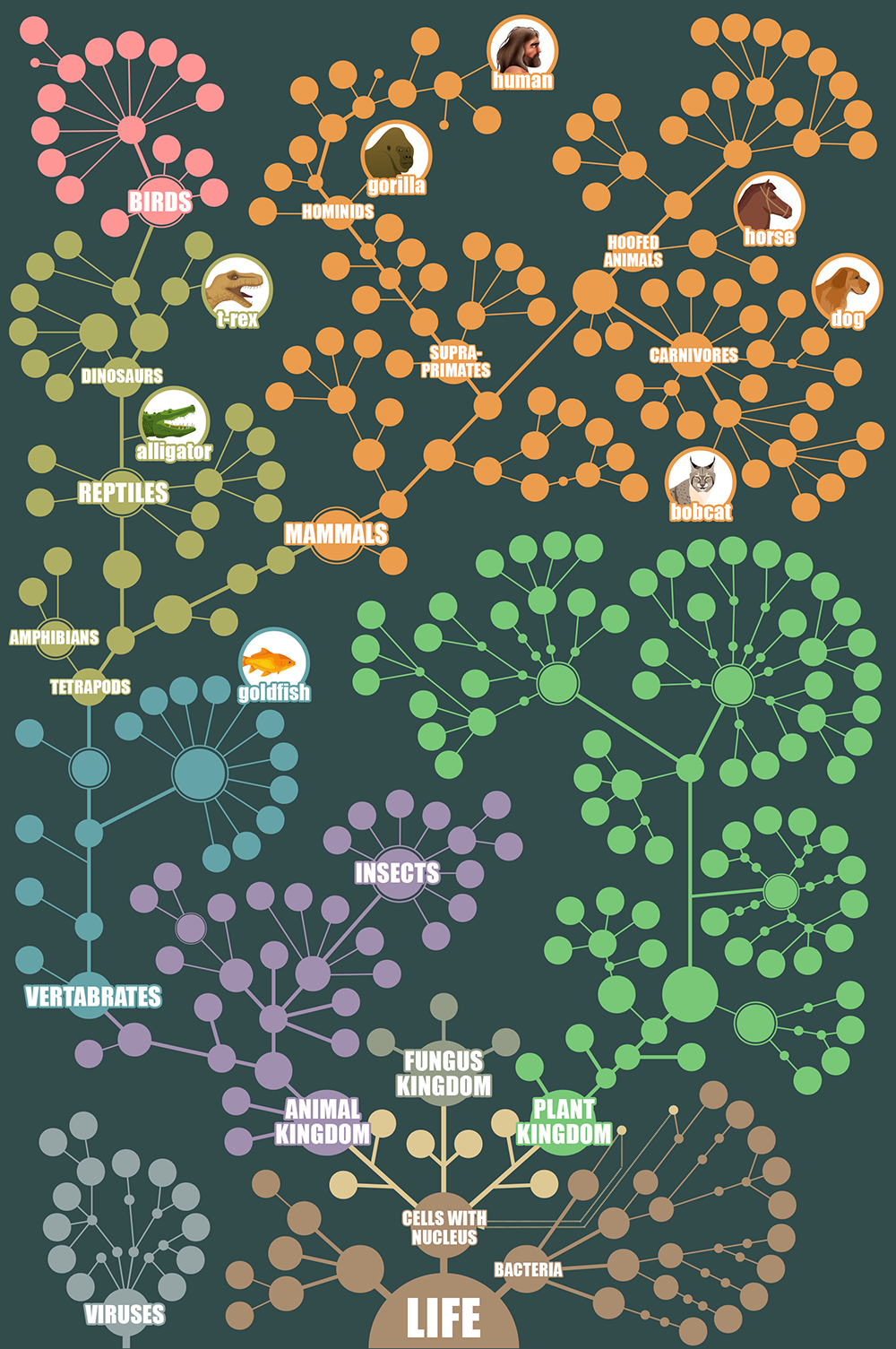Early Humans
- Moderate
- Not Messy
- 5-10 Minutes
- Indoor
Overview
Have you ever wondered about our distant ancestors? Here we can examine some skulls to see which ones might be more closely related to us, modern humans. There is still some debate about which hominin ancestors are most closely related to us. Watch the video for an overview and then scroll down to the Early Human Challenge to compare some skull samples!
Watch the video on YouTube: https://youtu.be/ZUcjA1LI4yo
You Will Need
Directions
- Watch the video for an overview and then scroll down to the Early Human Challenge activity to compare some skull samples!
- Grab and rotate each skull in the activity to examine its characteristics.
- Keep in mind that these are casts and signs of age could be misleading because they are not actually bone.
- Click on the checkboxes and try to put the skulls in order from oldest to youngest. You will be alerted if you are incorrect and congratulated when you are correct.
- After successfully completing level one, complete the same task with three more skulls.
- How did you do this time?
- Which ones were difficult to place?
Discovery Questions
After the Exercise
- What made you choose the order?
- Answers will vary based on what the scientist observes.
- Now that you know the order, do you notice similar characteristics of skulls that are nearer to each other on the evolutionary tree.
- Answers will vary based on what the scientist observes.
- Evolutionary Relationships - Which hominin ancestor is most closely related to us?
-

#1 - Homo sapiens
- Oldest age 233,000 to 196,000 years ago.

#2 - Homo neanderthalensis
- Until about 40,000 years ago.

#3 - Homo erectus
- Earliest about 2 MYA.

#4 - Homo habilis
- About 2.31 MYA to 1.65 MYA. Beginning of our Homo species!

#5 - Australopithecus africanus
- Between about 3.3 and 2.1 MYA

#6 - Australopithecus aethiopicus
- Between 2.3 and 2.7 Million Years Ago (MYA) “about 3 million years old!”
Phylogenetic Tree

How do scientists classify fossils?
Scientists classify organisms much the same way that we classify objects all around us. For example, when you go to the grocery store, you know that you can find milk, yogurt, and cheese in the dairy section. You can also find eggs there, but that’s a mystery for another day! We keep the dairy products together because they have common characteristics.
Looking at these skulls, scientists take measurements to estimate the size of the brain. Researchers also look at other characteristics such as brow ridge, jawline, teeth, and evidence of bipedal locomotion. Paleontologists will examine patterns in the teeth and materials where the fossil is found to look for clues on diet and use of tools.
When scientists look at fossils, they also use a variety of methods to evaluate how old the fossils are and where they might be on the phylogenetic family tree. Scientists can use chemical decay as well as other known fossils nearby to estimate see how old the samples are.
Key Words
- Anthropology
- Study of human origins, biology, behavior, and culture.
- Casts
- A replica of a fossil created when a mold is filled with materials that harden into the shape.
- Chronological
- Arranged in order of time.
- Fossils
- An impression, caste, or mold of an organism that has been preserved in some way.
- Hominin
- Classification including modern humans, extinct human species and immediate ancestors.
- Relatedness
- Connected by common ancestry or common characteristics.
- Species
- A group of organisms closely related.
- Phylogenetic Tree
- A diagram that shows the evolutionary relationship between different organisms over a specific time period.
